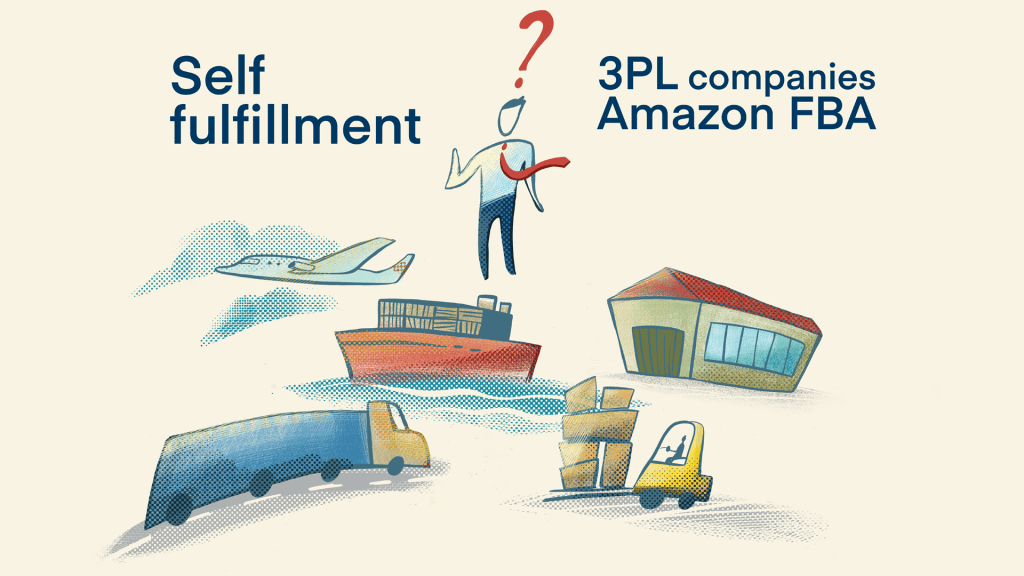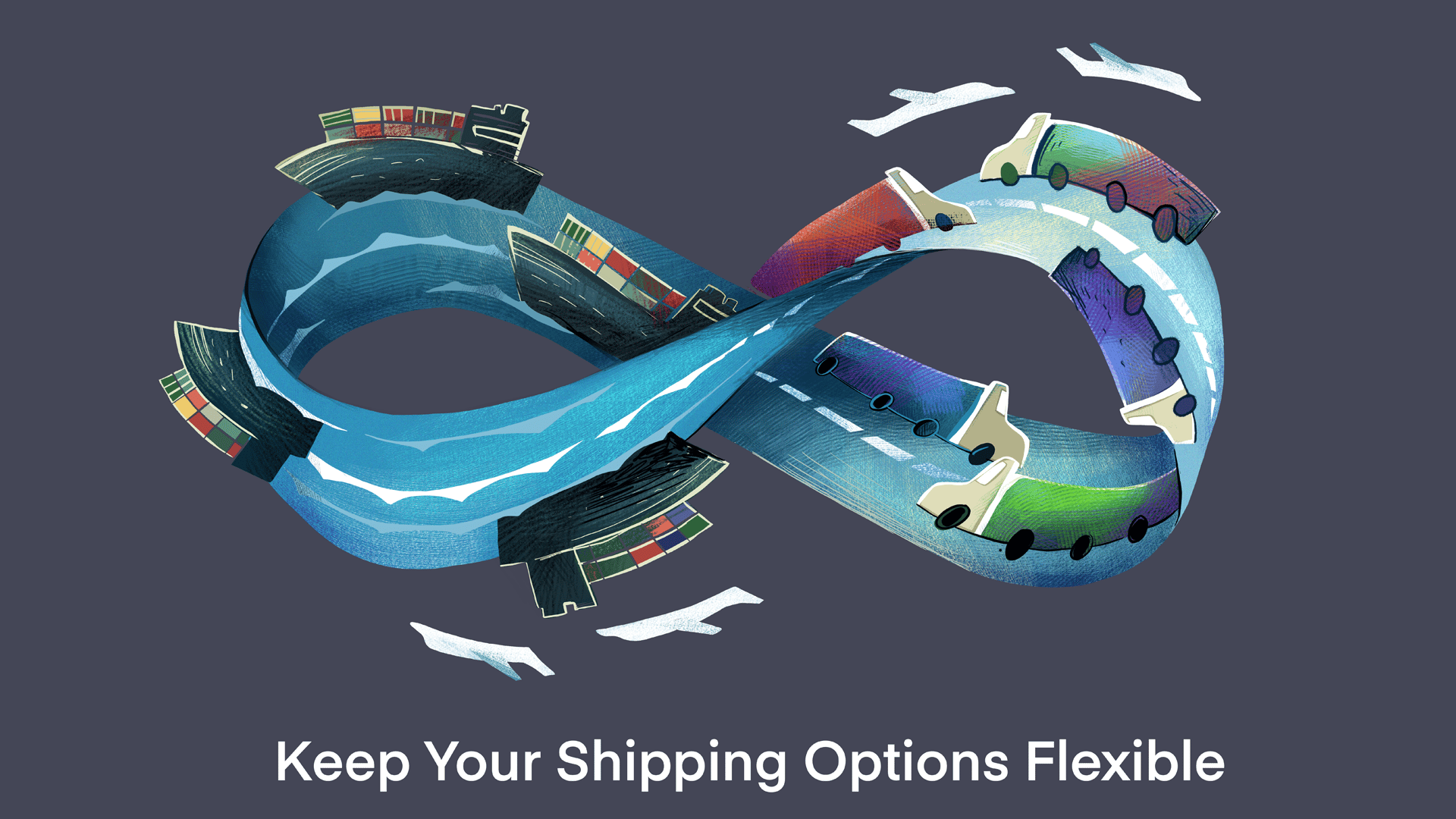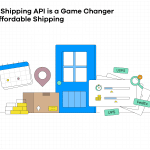
The shipping industry landscape remains in a state of flux. Not surprisingly, Amazon is one of the driving forces behind these ebbs and flows, largely thanks to the leverage of shipping billions of packages yearly.
A lot was made of Amazon’s separation from FedEx. Even more has been made of Amazon’s push to handle logistics and potentially leave partners like UPS and the USPS by the wayside.
These developments continue to affect ecommerce businesses, such as shipping costs and the viability of certain logistical workflows. The announcement that Amazon again allows third-party sellers to ship orders using FedEx is a prime opportunity to evaluate your ecommerce business’s shipping approach.
Is your shipping strategy agile enough to react to the latest developments and future evolutions? When you consistently match your shipping needs to the perfect shipping options, you can save money.
Self-Fulfillment vs. Third-Party Logistics (3PL)
Many business workflow choices start with whether it makes more sense to handle something in-house or to outsource it to a third party. This is especially true for logistics. Any online seller will tell you that shipping can be expensive and time-consuming.
That said, it’s a legitimate cost of doing business. Unless you are personally willing to deliver your orders, you will need some help. The obvious route is to ship orders to your customers as they are placed.
Descartes Sellercloud offers integrations with big names like FedEx, UPS, DHL, and USPS, as well as several leading international shipping services. These integrations allow you to print shipping labels easily, secure insurance, track shipments, and create customs forms.
Taking things a step further, many shipping companies offer discounts for high-volume sellers. In some cases, these are standardized discounts; in others, there is room for you to negotiate better rates.
However, favorable shipping rates can be deceiving. While you may be able to secure great deals on your actual shipping costs, these may not be so great when evaluated in conjunction with the associated processing costs, such as warehousing, staffing, quality assurance, and customer service.
For some sellers, opting for a marketplace-based fulfillment service (like Amazon’s FBA program) or an independent third-party logistics (3PL) provider can be a less costly and less stressful choice.
With 3PL services, you can ship your inventory in bulk to your fulfillment provider, who then handles the distribution of your orders to customers. Some 3PL services even offer B2B and dropshipping features that could help you open up additional business opportunities.
Descartes Sellercloud offers integrations with FBA and other leading 3PL providers to help you streamline shipments, tracking, and inventory management, and ensure smooth order fulfillment.
Making Cost-Driven Decisions
Depending upon the volume of your ecommerce business, saving a few dollars and cents per unit shipped can quickly add up. By making cost-focused adjustments to your shipping procedures to match market fluctuations, you can generate significant net savings.
Unfortunately, given the breadth of available shipping options, the pressure to make the right decisions can seem daunting, especially given the volatility and unpredictability of the current shipping market. We can help.
Descartes Sellercloud makes it easy to look at your shipping costs in isolation and as part of your cost of goods sold (COGS) calculations. These figures can and should be used to routinely weigh the value of your available shipping options.
Just because you are shipping products one way this month doesn’t mean it will remain the most cost-effective option for next month. The results of these assessments could lead down two different paths:
A Single-Lane Shipping Plan
Every order, regardless of the product or destination, is shipped the same way through the same service. This could be a partnership with a particular parcel-delivery company or a 3PL fulfillment service. While certainly the most straightforward, it is unlikely that this narrow approach will always be the least expensive.
A Multi-Lane Shipping Plan
Shipping is determined per order and may depend on factors like destination, package size, product, or marketplace. This could be accomplished through a combination of self-fulfillment and 3PL services.
Although this plan may require more effort, it can optimize costs more effectively than relying on a single shipping partner. This is especially true for customers who ship to both domestic and international customers.
It is crucial to have a plan to manage your order fulfillment and monitor the relevant inventory, especially as your shipping strategies become more intricate.
Managing Multiple Shipping Options

The Descartes Sellercloud platform is ideally suited to help you choose the best shipping options, but to help you manage them as well, no matter how intricate they become. As shipping and logistics rates change, you can be confident that you can pivot to the most affordable and reliable choices without upending your entire operation.
Furthermore, as marketplace shipping rules continue to change, Descartes Sellercloud is prepared to help ensure that you comply with all relevant marketplace shipping and tracking policies. Our integrations and tools (like our patented inventory management software, Skustack) make it possible to truly optimize your ecommerce business from listing to delivery.
In the interest of full disclosure, Descartes Sellercloud has an app on the Amazon app store and is also a FedEx-compatible partner.
Contact us for a free demo to learn more about how Descartes Sellercloud can help optimize your business for growth.




